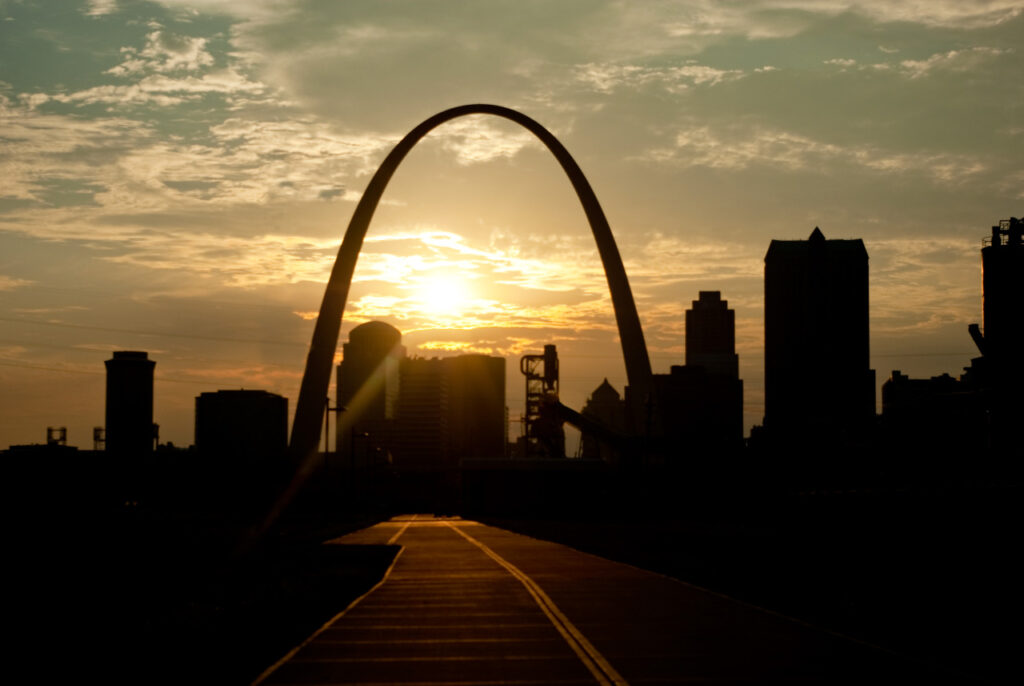-
Charles Demuth

(November 8, 1883 – October 23, 1935) Demuth was born to a prosperous, well-established Lancaster, Pennsylvania, family, but lameness from a hip disease contracted in childhood and his early ambivalence about his homosexuality combined to form an outsider self-image. As a child, Demuth took art lessons and later attended the Drexel Institute of Technology. Even…
-
Leonard Brooks

(7 November 1911 – 20 November 2011) Born in London, England, Brooks arrived in Canada in 1912. He studied art at Central Technical School, then the Ontario College of Art and with Frank Johnston (1929). Brooks taught at Northern Vocational School in Toronto and became an associate member of the Royal Canadian Academy of Arts in 1939. He joined the Royal Canadian Naval Volunteer Reserve in…
-
Dennis Byng
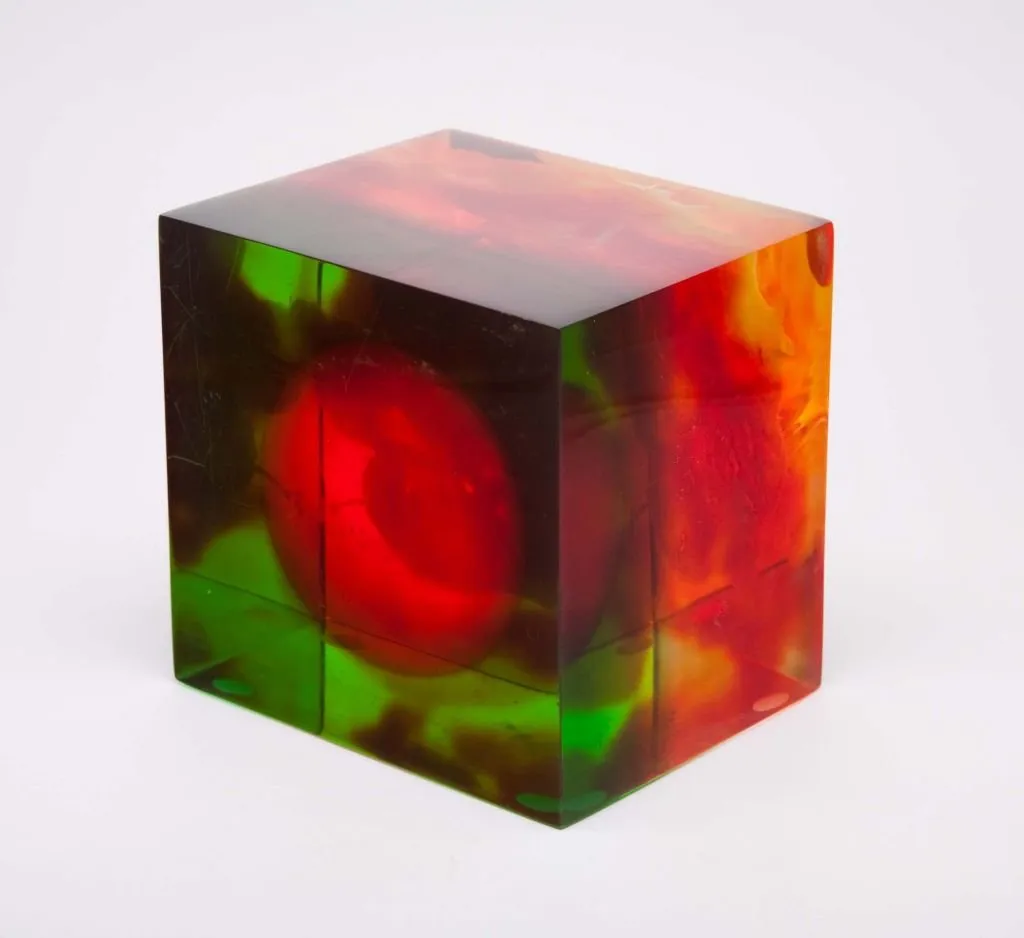
(6 November 1927 – 21 August 2008) Byng’s artistic career started in painting where he experimented with transparent glazes to create colored light effects on semi-abstract figures but he was best known for his later use of plastic in sculpture. He first used the material when he cut a female figure in laminated plexiglas in 1966 and…
-
Jay Van Everens
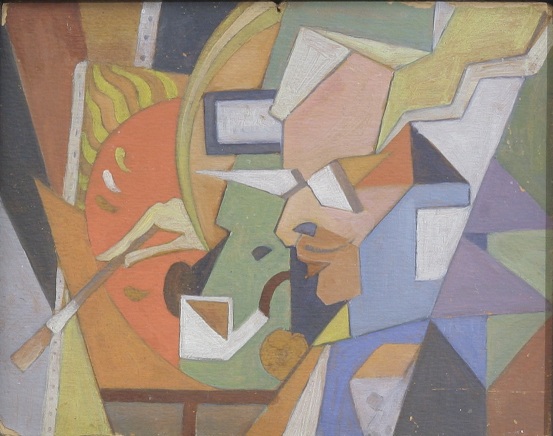
(November 5, 1875 – February 13, 1947) Jay Van Everen was active/lived in New York, Massachusetts. Jay Van Everen is known for Abstraction, mod figure, genre.
-
Thomas Hewes Hinckley

(November 4, 1813 – March 12, 1896) Thomas Hewes Hinckley was born in Milton, Massachusetts in 1813. In 1829, he went to Philadelphia where he became a merchant’s apprentice; while there, he also attended an evening class in drawing at the home of the artist, John Mason. In 1833, he returned to Milton, first finding…
-
Vance Kirkland
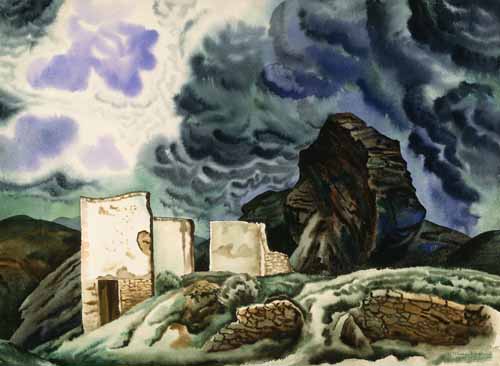
(November 3, 1904 – May 24, 1981) Vance Hall Kirkland was a painter and educator in Denver, Colorado. His paintings, from 1926 to 1981, range from realist and impressionist watercolors, to surrealist deadwood worlds, to abstract expressionist mixtures of oil paint and water to richly textured dot paintings in oil. Commenting on Kirkland’s works from…
-
Richard Serra
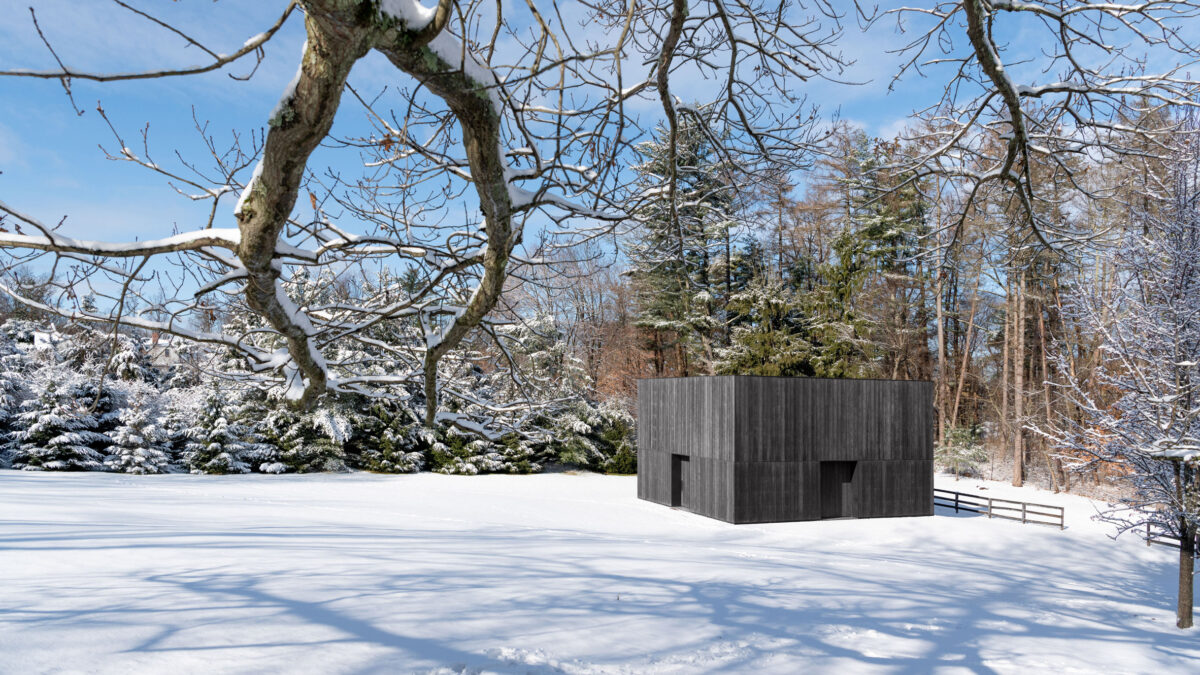
(born November 2, 1938) Richard Serra is an American artist known for his large-scale sculptures made for site-specific landscape, urban, and architectural settings. Serra’s sculptures are notable for their material quality and exploration of the relationship between the viewer, the work, and the site. Since the mid-1960s, Serra has worked to radicalize and extend the definition of sculpture beginning with his early experiments…
-
Alfred Sisley
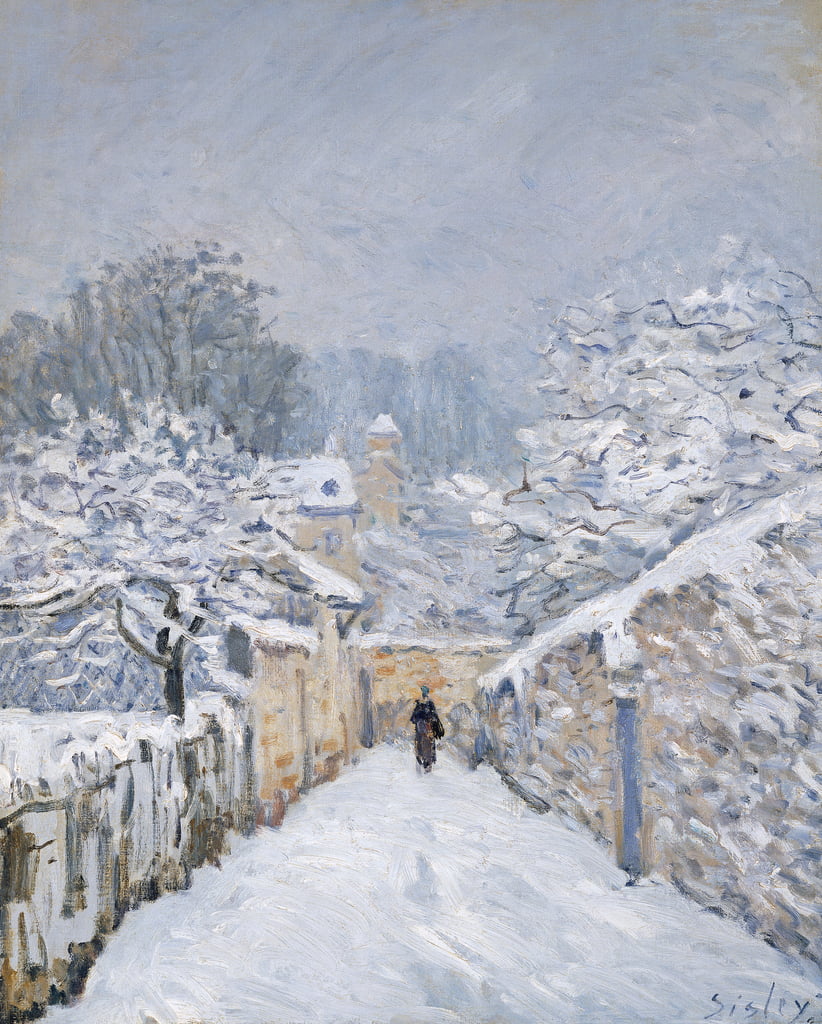
(30 October 1839 – 29 January 1899) Alfred Sisley was an Impressionist landscape painter who was born and spent most of his life in France, but retained British citizenship. He was the most consistent of the Impressionists in his dedication to painting landscape en plein air (i.e., outdoors). He deviated into figure painting only rarely and, unlike Renoir and Pissarro, he found that Impressionism fulfilled…
-
William Henry Clapp

(October 29, 1879 – April 21, 1954) William H. Clapp was a Canadian-American painter and art curator. He was a member of the Society of Six in Oakland, California, and an Impressionist landscape painter. He was also the curator of the Oakland Art Gallery. Clapp was born on October 29, 1879, in Montreal, Canada. He was born a U.S. citizen as…
-
Birge Harrison

(October 28, 1854 – May 14, 1929) Lovell Birge Harrison was an American genre and landscape painter, teacher, and writer. He was a prominent practitioner and advocate of Tonalism. Born in Philadelphia, Birge Harrison was the brother of artist T. Alexander Harrison. He studied first at the Pennsylvania Academy of the Fine Arts in 1874, and later credited Thomas Eakins as a…
